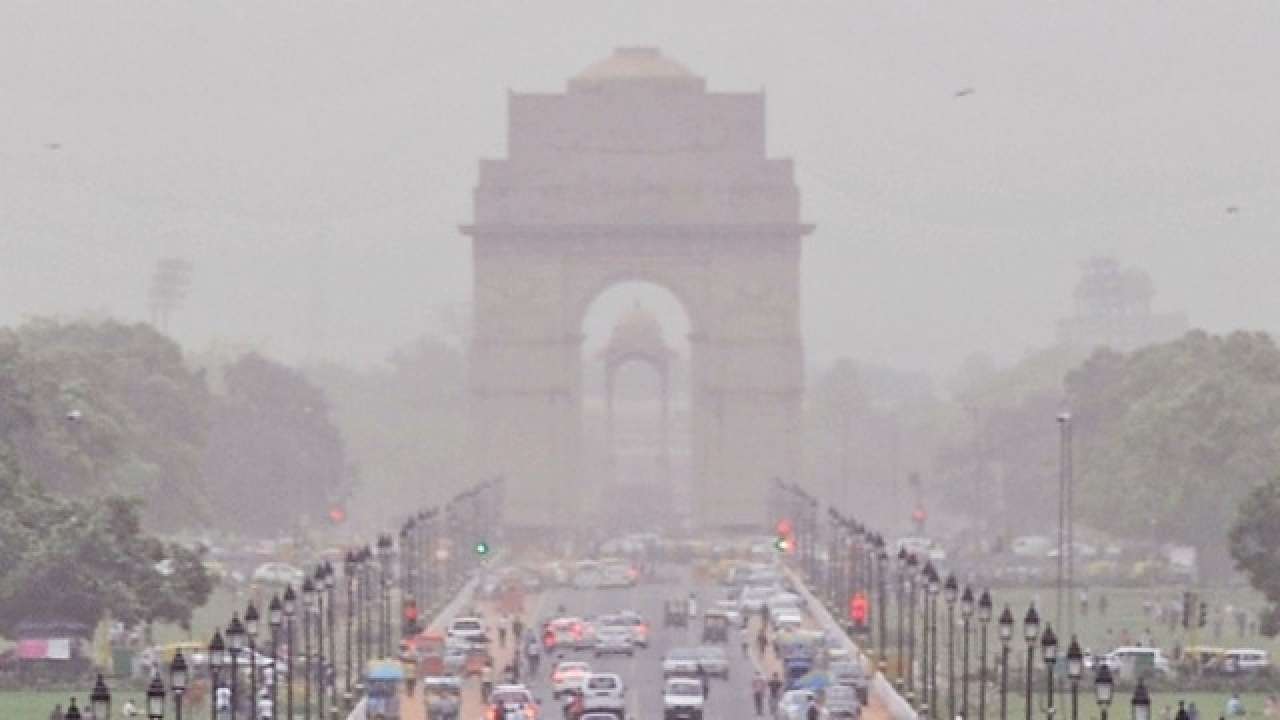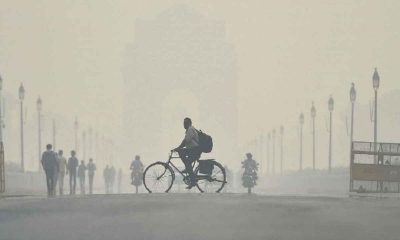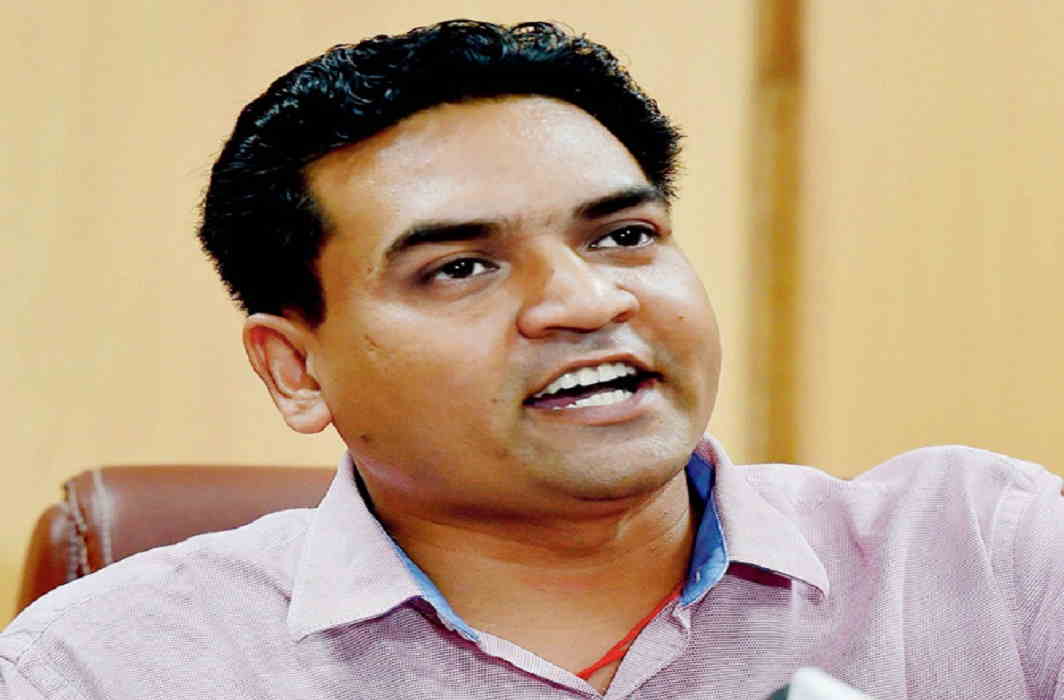India News
Are you happy now NCR people? Air quality in Delhi recorded in hazardous category after Diwali
In the neighbouring cities, the air quality has dipped to severe and hazardous quality and in Faridbada it is 424, Ghaziabad (442), Gurgaon (423) and Noida (431).

India News
BJP and Shiv Sena reach broad seat-sharing deal ahead of BMC elections
BJP and Shiv Sena are close to finalising seat-sharing for 200 wards ahead of the BMC elections, while opposition parties intensify alliance talks across Maharashtra.
India News
Op Aaghat 3.0: Delhi police arrest over 280 accused ahead of New Year celebrations
Delhi police arrested over 280 accused and detained more than 1,300 individuals under Operation Aaghat 3.0 ahead of New Year, seizing weapons, drugs, liquor and stolen items.
India News
Over 2,000 Maoists surrender under Chhattisgarh rehabilitation policy, says CM Vishnu Deo Sai
Chhattisgarh Chief Minister Vishnu Deo Sai said more than 2,000 Maoists have surrendered under the state’s rehabilitation policy, which offers skill training, financial assistance and land support.
-

 India News12 hours ago
India News12 hours agoCBI moves Supreme Court against suspension of Kuldeep Sengar’s life sentence in Unnao rape case
-

 India News11 hours ago
India News11 hours agoBangladeshi singer James’ concert cancelled after mob attack in Faridpur
-

 India News11 hours ago
India News11 hours agoOp Aaghat 3.0: Delhi police arrest over 280 accused ahead of New Year celebrations
-

 India News8 hours ago
India News8 hours agoBJP and Shiv Sena reach broad seat-sharing deal ahead of BMC elections
-

 India News11 hours ago
India News11 hours agoOver 2,000 Maoists surrender under Chhattisgarh rehabilitation policy, says CM Vishnu Deo Sai













